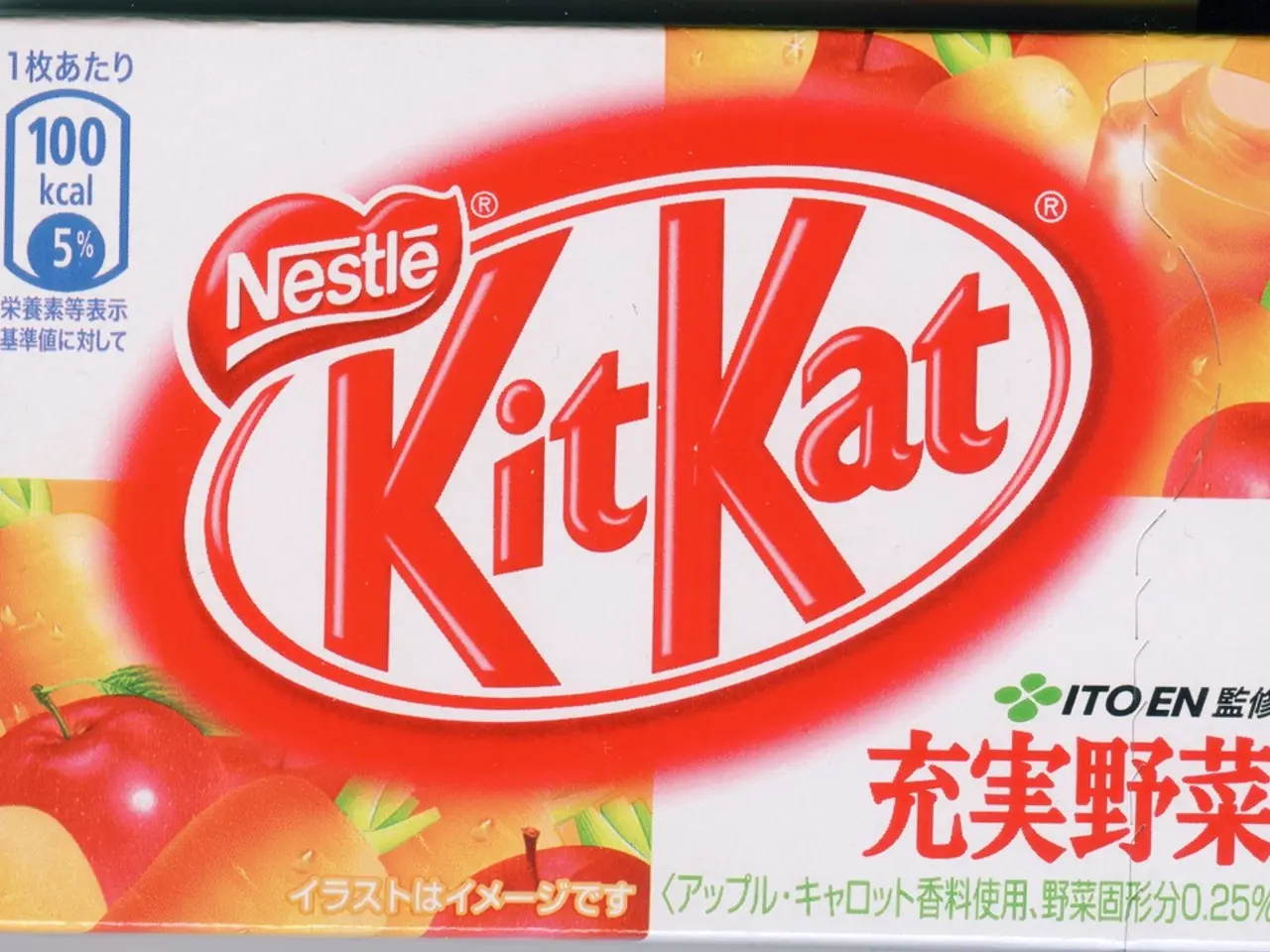Diabetes-unfriendly fruits: Fruits worth avoiding or including in your diet
========================================================
A 2022 cohort study has suggested that a high fresh fruit intake may protect against type 2 diabetes. However, for people with diabetes, it's essential to include fruits in a balanced diet, but with careful consideration.
Fruits are rich sources of essential vitamins, minerals, and fiber, making them an important part of every diet. The fiber in fruits supports blood sugar and diabetes management by slowing glucose absorption, preventing sudden blood sugar spikes.
However, not all fruits are created equal. Fruits like apples, avocados, blackberries, cantaloupes, oranges, peaches, pears, plums, raspberries, and strawberries are suitable for people with diabetes to eat in moderation. On the other hand, watermelons, overly ripe bananas, and pineapple have a significantly higher sugar content.
Low-GI fruits like berries (blueberries, strawberries, raspberries, blackberries), kiwi, tangerines, apples (with skin), grapes, lemons, limes, and certain tropical fruits like jamun and starfruit are recommended for people with diabetes. These fruits help manage blood sugar by providing fiber, antioxidants, vitamins, and minerals without causing rapid glucose spikes.
Fruits to avoid or consume with caution are typically high-GI fruits or those with high sugar content like pineapple (though moderate GI), mangoes, watermelon, and fruit juices. These can induce rapid blood glucose increases. Managing portion sizes and pairing fruits with proteins or fats can further reduce glycemic impact.
Dried fruit should be consumed sparingly due to its high sugar content and lack of fiber. Dried fruit has a much higher sugar concentration by comparative volume with fresh fruits, meaning the suitable portion size is much smaller. Popular dried fruits that may have high sugar content include apricots, pineapple, raisins, and dates.
The American Diabetes Association (ADA) confirms that eating dried fruit in moderation can be a good option for people with diabetes. It's important to be aware of the sugar content of high sugar fruits and plan diets accordingly. The ADA suggests watching out for certain phrases on product labels, such as "packed in its juices", "unsweetened", and "no added sugar".
Freezing fresh fruits, such as banana slices, can be a healthier alternative to processed fruit. Pairing fruit with a source of protein or fat can aid blood sugar management. Pairing dried fruits with nuts can aid in blood sugar management due to the presence of fats, fiber, and protein.
The ADA recommends that a person with diabetes should aim to eat at least 5 servings of fruits and vegetables every day. The following amounts of fruit constitute one portion: small fresh fruit (2 or more fruits), medium-sized fresh fruit (1 fruit), large fresh fruit (fewer than 1 fruit), dried fruit (30 g), and canned fruit in natural juice (as with fresh fruit).
In summary, choosing low-GI fruits rich in fiber and antioxidants helps stabilize blood sugar, supports insulin function, and contributes to a balanced diabetic diet. High-sugar fruits should be limited or monitored carefully to avoid blood sugar spikes. Always consulting a healthcare provider or dietitian for personalized advice is recommended.
- The cohort study from 2022 implies that a high fresh fruit intake might offer protection against type 2 diabetes.
- For people with diabetes, fruits, while essential in a balanced diet, need careful consideration due to their sugar content.
- Fruits provide vital vitamins, minerals, and fiber, making them crucial to all diets, including health-and-wellness and fitness-and-exercise regimens.
- Fiber in fruits assists in managing blood sugar levels by slowing glucose absorption and preventing sudden spikes.
- Suitable fruits for people with diabetes, to be consumed in moderation, include apples, avocados, blackberries, cantaloupes, oranges, peaches, pears, plums, raspberries, and strawberries.
- Fruits like watermelons, overly ripe bananas, and pineapple have significantly higher sugar content and should be consumed cautiously.
- Low-GI fruits such as berries, kiwi, tangerines, apples, grapes, lemons, limes, certain tropical fruits, jamun, and starfruit are beneficial for people with diabetes due to their fiber, antioxidants, vitamins, and minerals.
- Dried fruit should be consumed sparingly due to its high sugar content and lack of fiber compared to fresh fruits.
- Dried fruits like apricots, pineapple, raisins, and dates have high sugar content, while the ADA suggests eating dried fruit in moderation as a good option for people with diabetes.
- Freezing fresh fruits or pairing them with sources of protein or fat can aid in blood sugar management, making alternatives like frozen banana slices healthier than processed fruit.
- The ADA advises that a person with diabetes should aim for at least 5 servings of fruits and vegetables daily, and the amounts of fruit constituting one portion can vary (small fresh fruit, medium-sized fresh fruit, large fresh fruit, dried fruit, or canned fruit in natural juice).




